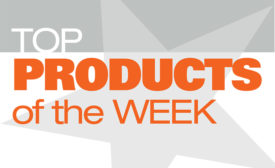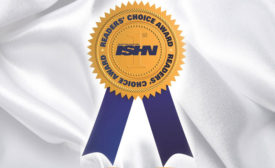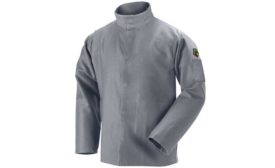Home » Keywords: » FR
Items Tagged with 'FR'
ARTICLES
Got a top workplace safety product? Enter the ISHN Readers’ Choice Awards!
HURRY! Deadline is FEB. 8, 2019
January 22, 2019
Become a Leader in Safety Culture
Build your knowledge with ISHN, covering key safety, health and industrial hygiene news, products, and trends.
JOIN TODAYCopyright ©2024. All Rights Reserved BNP Media.
Design, CMS, Hosting & Web Development :: ePublishing






